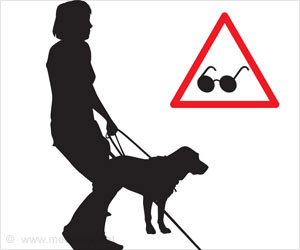
Alarming increase in post-COVID deaths linked to cardiovascular disease is reportedly driven by both healthcare disruptions during the pandemic and complications associated with COVID, as revealed in a recent study, reported in the American Journal of Preventive Medicine (1✔ ✔Trusted Source
Trends in Cardiovascular Disease Mortality Rates and Excess Deaths, 2010–2022
).
The significant uptick in the cardiovascular disease (CVD) death rate that began in 2020 has continued. The continuing trend reverses improvements achieved in the decade before the COVID-19 pandemic to reduce mortalities from heart disease and stroke.
#covid #postcoviddeath #cardiovasculardisease #healthcare #pandemic
’
Investigators from the US Centers for Disease Control and Prevention (CDC) and Northwestern University Feinberg School of Medicine analyzed information from more than 10 million death certificates of US adults (aged 35+ years) whose deaths occurred between 2010 and 2022.
“We were concerned about the emerging evidence that chronic disease outcomes worsened during the first two years of the COVID-19 pandemic. This was unfortunately the case with heart disease and stroke, which had been improving before the pandemic,” said Rebecca C. Woodruff, Division for Heart Disease and Stroke Prevention, Centers for Disease Control and Prevention in the US.
“We wanted to understand whether the concerning trends were temporary or whether they continued through 2022,” she added. Looking at trends each year from 2010 to 2022, the researchers’ findings show that the death rates from cardiovascular disease rose by 9.3 percent from 2020 through 2022, in contrast to a decline of 8.9 percent from 2010 to 2019.
Silent Impact on Cardiovascular Health Revealed
There were more than 2,28,000 more CVD deaths from 2020-2022 than would have been expected had the pre-2020 trends continued. The reversal was evident across many ages, both sexes and several race and ethnicity groups.
Dr. Woodruff characterized the results as an enduring setback in population health, evident after the public health emergency had largely stabilized.
She said that the pandemic disrupted access to health care for many people, which may have resulted in delays in detecting and treating chronic or acute heart disease.
Advertisement
The crisis also disrupted many aspects of daily life that may have made it harder for people to do the things that prevent heart disease, including managing blood pressure, eating well, being physically active, quitting tobacco, getting healthy sleep, managing weight, controlling cholesterol, and managing blood sugar.
An emerging body of evidence also suggests that people who have had COVID-19 are at increased risk for new or worsening heart disease, which may have contributed to the subsequent increase in cardiovascular death rates.
Advertisement
“Research to understand the drivers of these increases in CVD mortality rates can help guide clinical and public health approaches to prevent, detect, and treat CVD. Reprioritising prevention and management of CVD is an essential first step,” Woodruff noted.
Reference:
- Trends in Cardiovascular Disease Mortality Rates and Excess Deaths, 2010–2022
– (https://www.ajpmonline.org/article/S0749-3797(23)00465-8/fulltext)
Source-IANS



